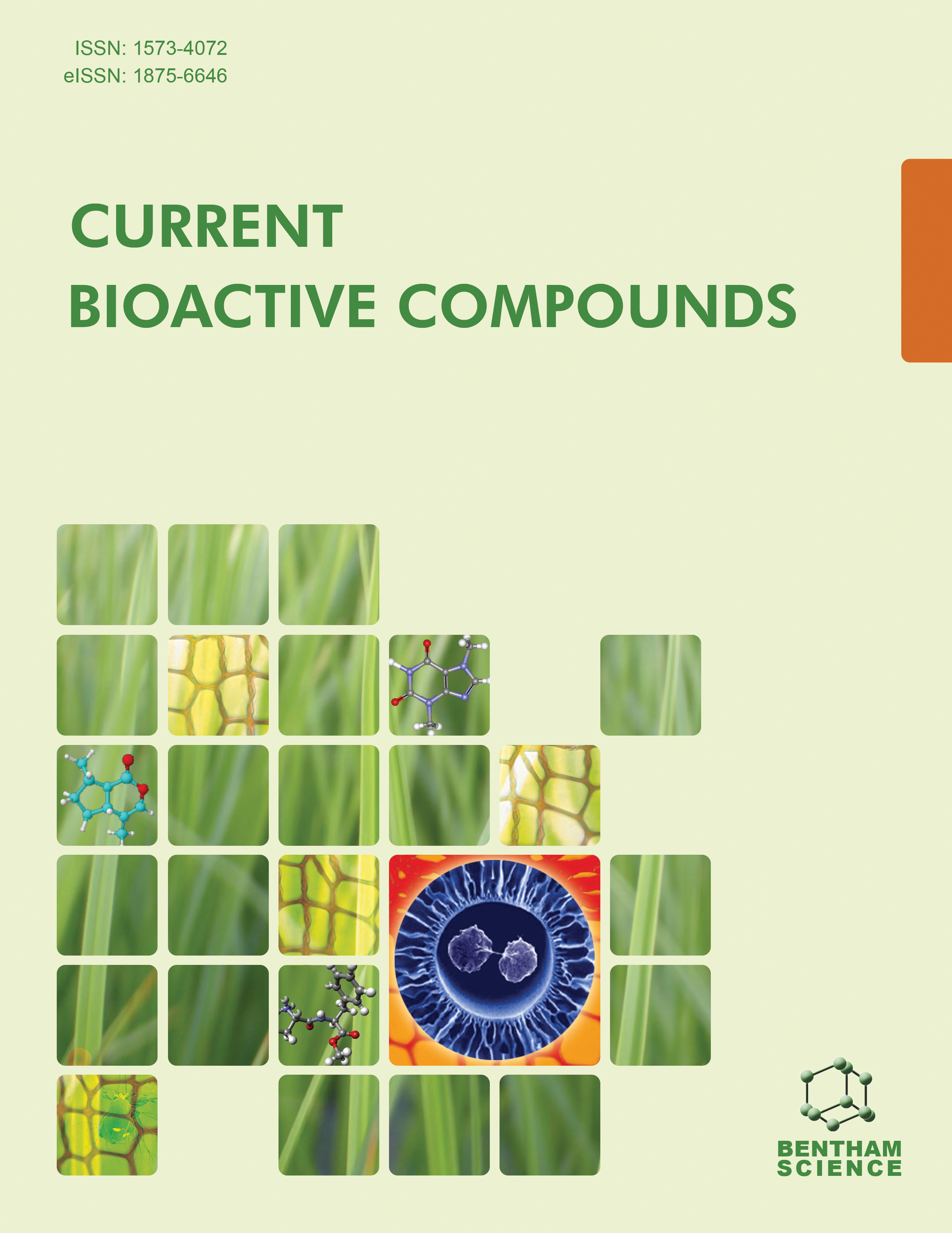
Full text loading...
We use cookies to track usage and preferences.I Understand

Epilepsy, a prevalent neurological disorder, affects approximately 1% of the Indian population, presenting a significant challenge in clinical management. Noninvasive treatment options are actively being explored, with nose-to-brain drug delivery emerging as a promising approach for effective epilepsy control. This comprehensive review delves into the potential of intranasal nanotherapy, focusing on its applicability in managing epilepsy. A key component of this review is an in-depth analysis of sodium valproate (SVS), a widely prescribed antiepileptic drug known for its effectiveness in treating epilepsy as well as various mental health conditions, such as bipolar disorder and migraine. The review examines the chemical structure, pharmacological properties, and diverse therapeutic uses of SVS, highlighting its role as a GABA amplifier. Special attention is given to emerging nanoparticle-based intranasal formulations, which show promise for enhanced brain delivery and improved therapeutic outcomes in epilepsy treatment. Furthermore, it discusses the associated compounds in SVS and their potential impact on its pharmacological profile, including possible side effects, drug interactions, and adverse effects. The importance of precise dosing and rigorous medical monitoring is emphasized to minimize risks. Detailed analyses of the anatomy of the nasal cavity, drug deposition mechanisms, and mucociliary clearance are carried out to illustrate the challenges in optimizing drug delivery via this route. The unique pharmacokinetic and pharmacodynamic features of divalproex sodium, a formulation of valproic acid, are explored, with insights into its absorption, distribution, metabolism, and excretion (ADME) characteristics. The review also highlights its broad-spectrum antiepileptic effects and regulation of the GABAergic system, offering a comprehensive understanding of its therapeutic efficacy. The findings underscore the potential of intranasal nanotherapies as an innovative and effective strategy for epilepsy management.

Article metrics loading...

Full text loading...
References


Data & Media loading...